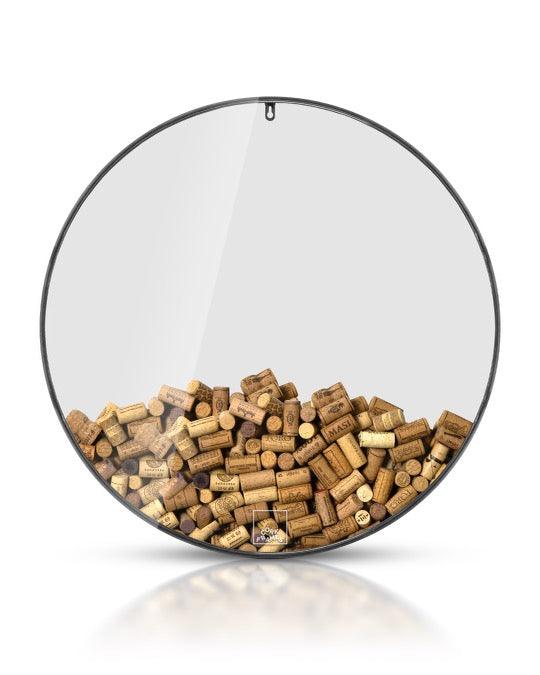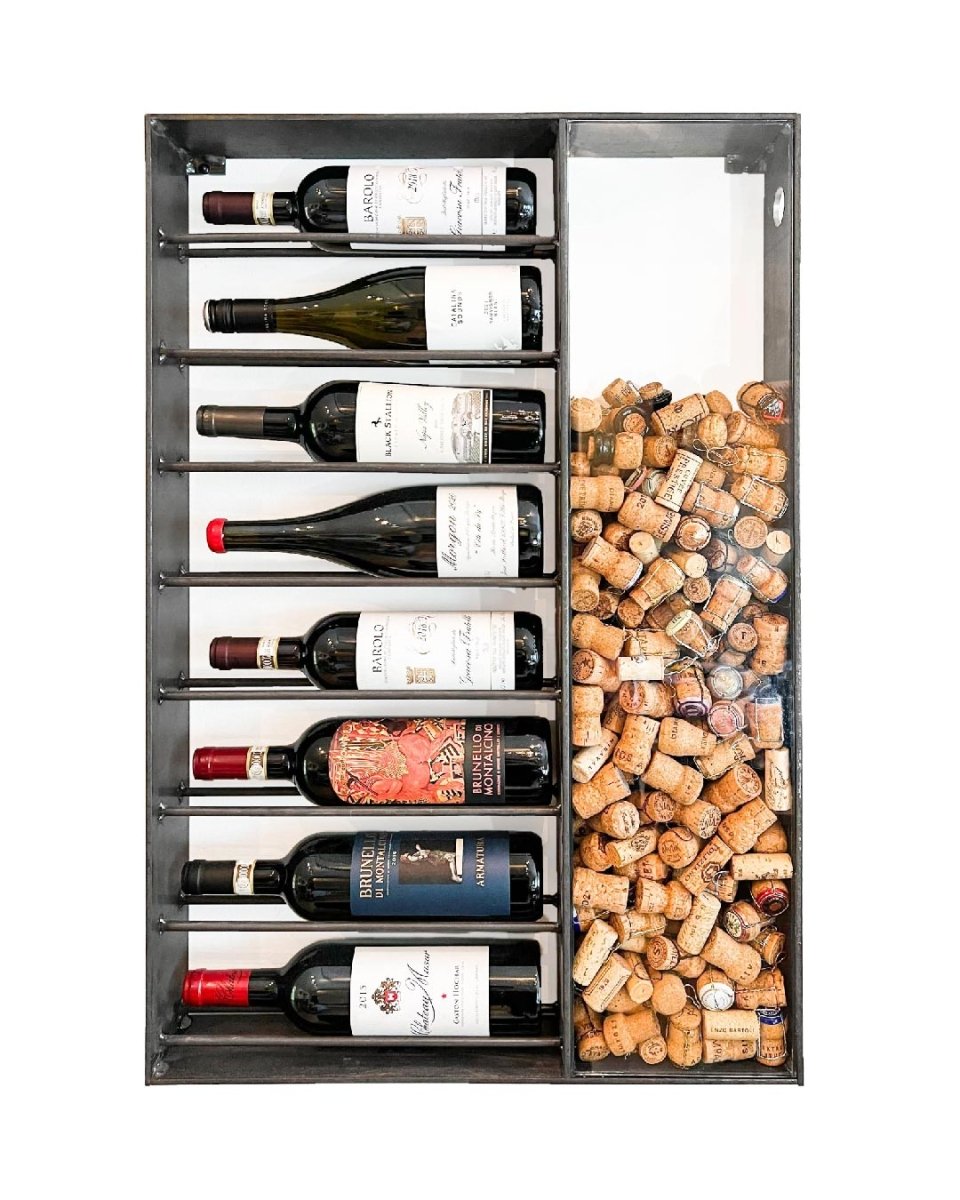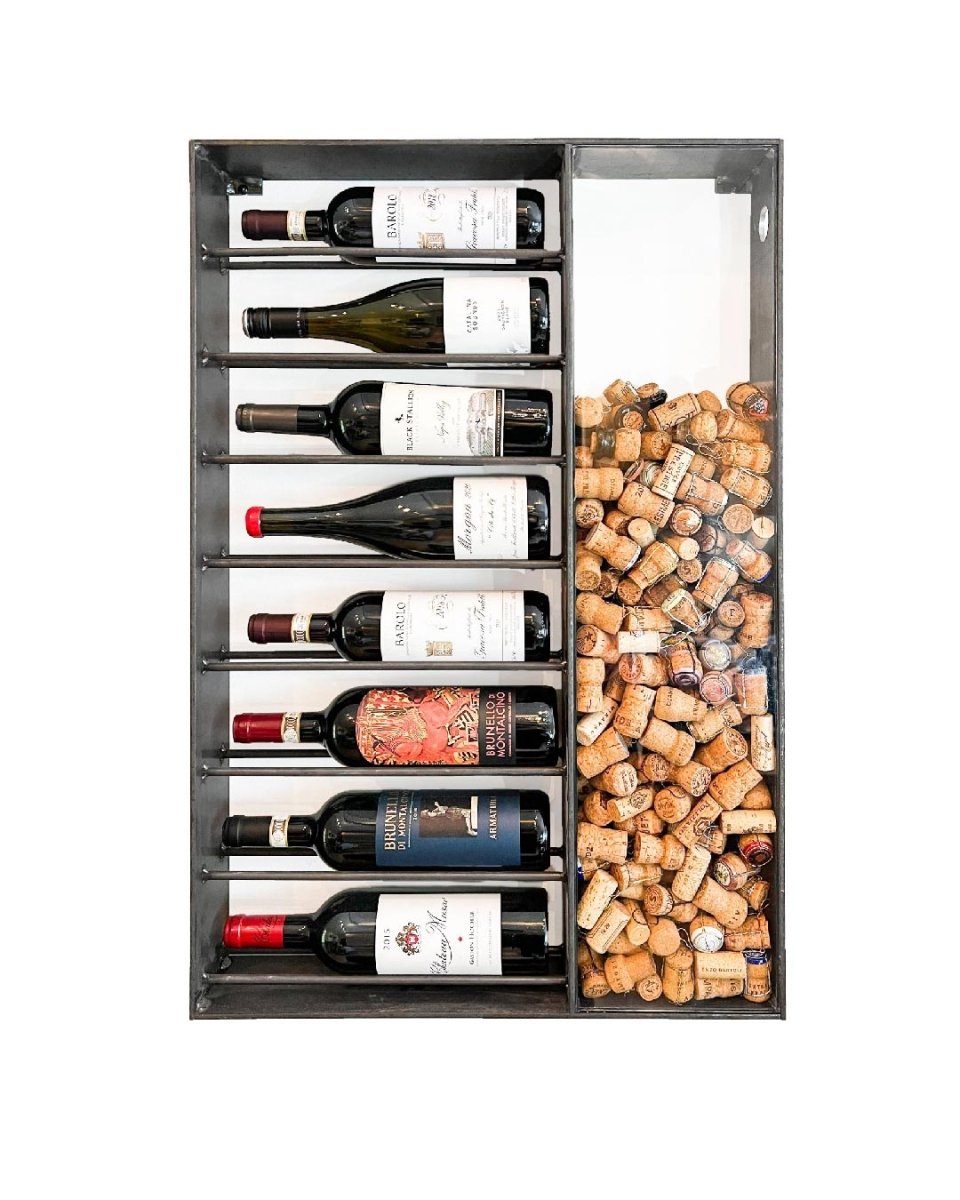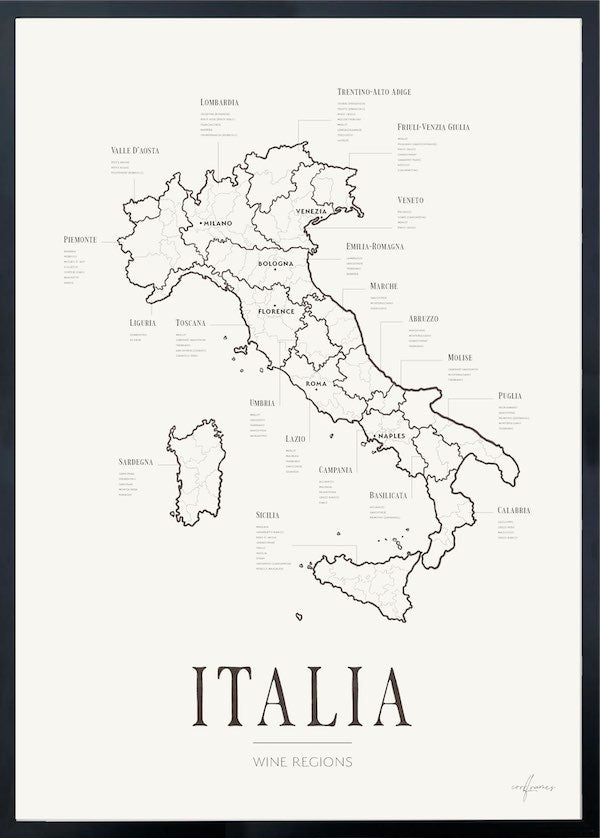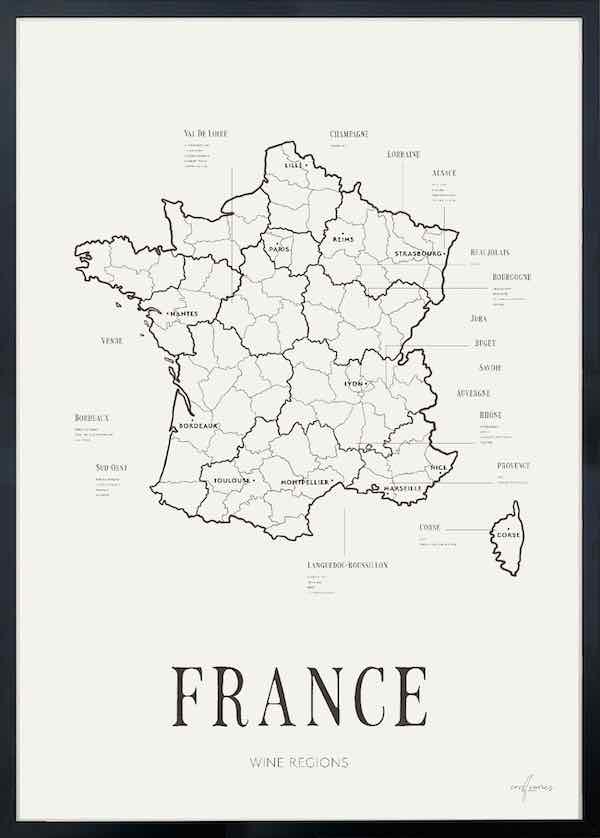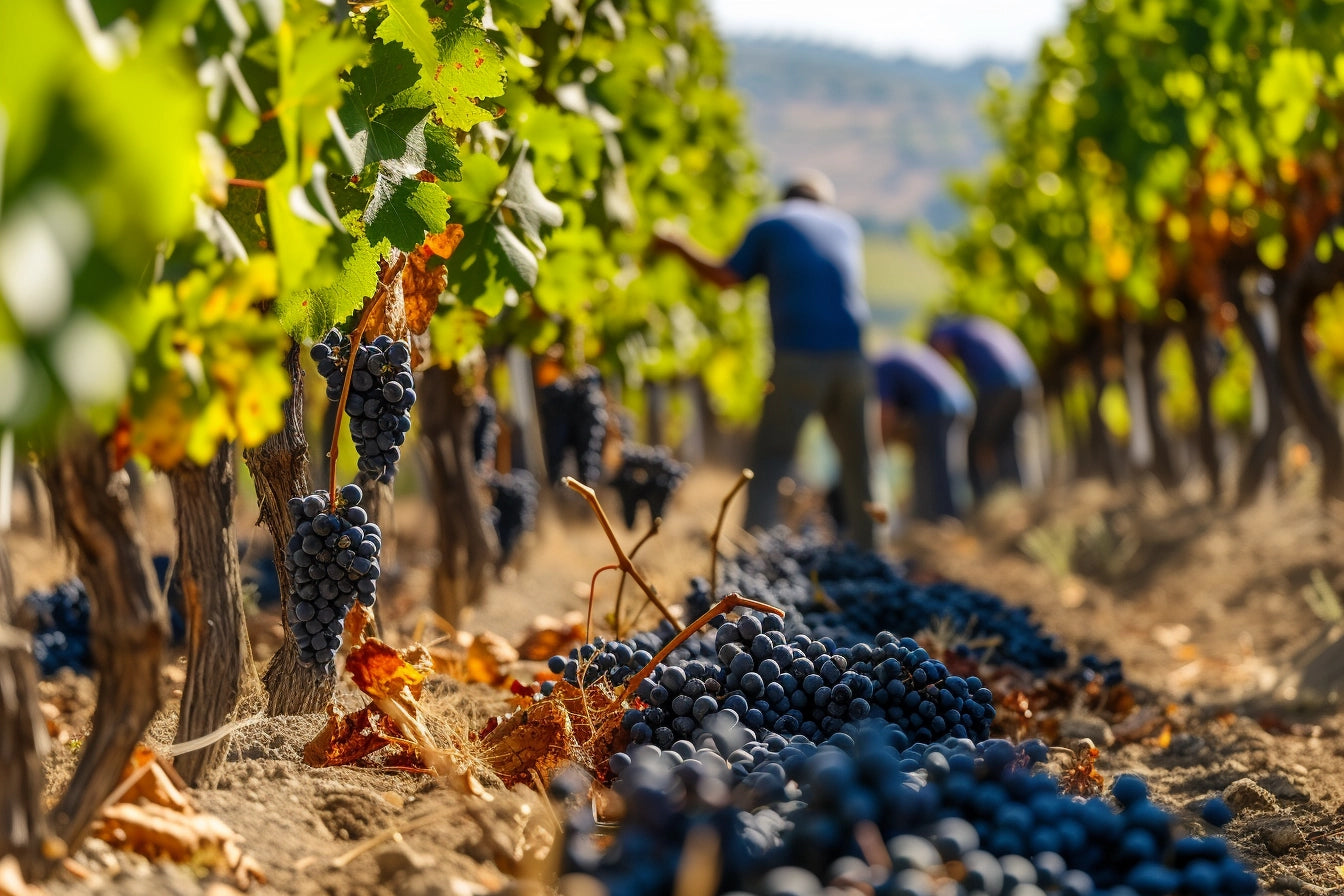Tempranillo is the grape that put Spain on the wine map and is cultivated in some of the foremost regions like Rioja and Ribera del Duero. Besides making a differens on the Spain Wine Map, what other things is there to know about this famous
Tempranillo grape?
In Spain, the Tempranillo grape is known for several key attributes and contributions to the country's wine heritage:
-
Signature Varietal: Tempranillo is considered Spain's signature grape variety, often referred to as the backbone of Spanish red wines. It is synonymous with some of the country's most prestigious wine regions, including Rioja and Ribera del Duero.
-
Versatility: Tempranillo's adaptability to various climates and soils allows it to thrive in multiple regions across Spain. This versatility leads to a wide range of wine styles, from young and fruity to aged and complex.
-
Aging Potential: Tempranillo wines are renowned for their excellent aging potential. They are often aged in oak barrels, which enhances their complexity and adds flavors such as vanilla, spice, and toast. Spanish classifications like Crianza, Reserva, and Gran Reserva denote the aging period, with Gran Reserva wines being aged the longest and often showing remarkable depth and sophistication.
-
Flavor Profile: Tempranillo wines typically exhibit a diverse flavor profile that includes red and dark fruit notes (such as cherry, plum, and blackberry), along with earthy, leathery, and tobacco nuances. The grape's relatively thick skin contributes to a good balance of tannins and acidity, making these wines well-structured and food-friendly.
-
Cultural and Historical Significance: Tempranillo has a deep-rooted history in Spain's winemaking traditions, dating back centuries. It is a key part of Spain's cultural identity and plays a significant role in the country's viticulture and wine industry.
-
Regional Expressions: Different regions in Spain produce distinctive styles of Tempranillo. For example:
- Rioja: Known for elegant, well-balanced wines with pronounced oak influence and aging potential.
- Ribera del Duero: Produces robust, full-bodied wines with intense fruit flavors and a firm tannic structure.
- Toro: Known for powerful and concentrated wines with rich, ripe fruit flavors.
- La Mancha and Valdepeñas: Often produce accessible and value-driven Tempranillo wines.
Overall, Tempranillo is celebrated in Spain for its ability to produce high-quality wines that reflect the diverse terroirs of the country's wine regions. It remains a cornerstone of Spanish viticulture and continues to be a favorite among wine enthusiasts worldwide.






